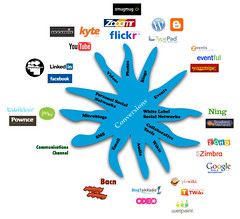Reminder - My Blog Has Moved
Some people reminded me that they did not catch the news that my blog moved and thus if you were subscribed to my old blogger blog, you might have 'lost' me. Here is the new information:
You can resub to my blog either via Feedburner (which already points to the new blog) or via my Wordpress RSS. I recommend the Feedburner because if I do any moving, your feed will automatically update.
Full Circle is the new location for my blog.










